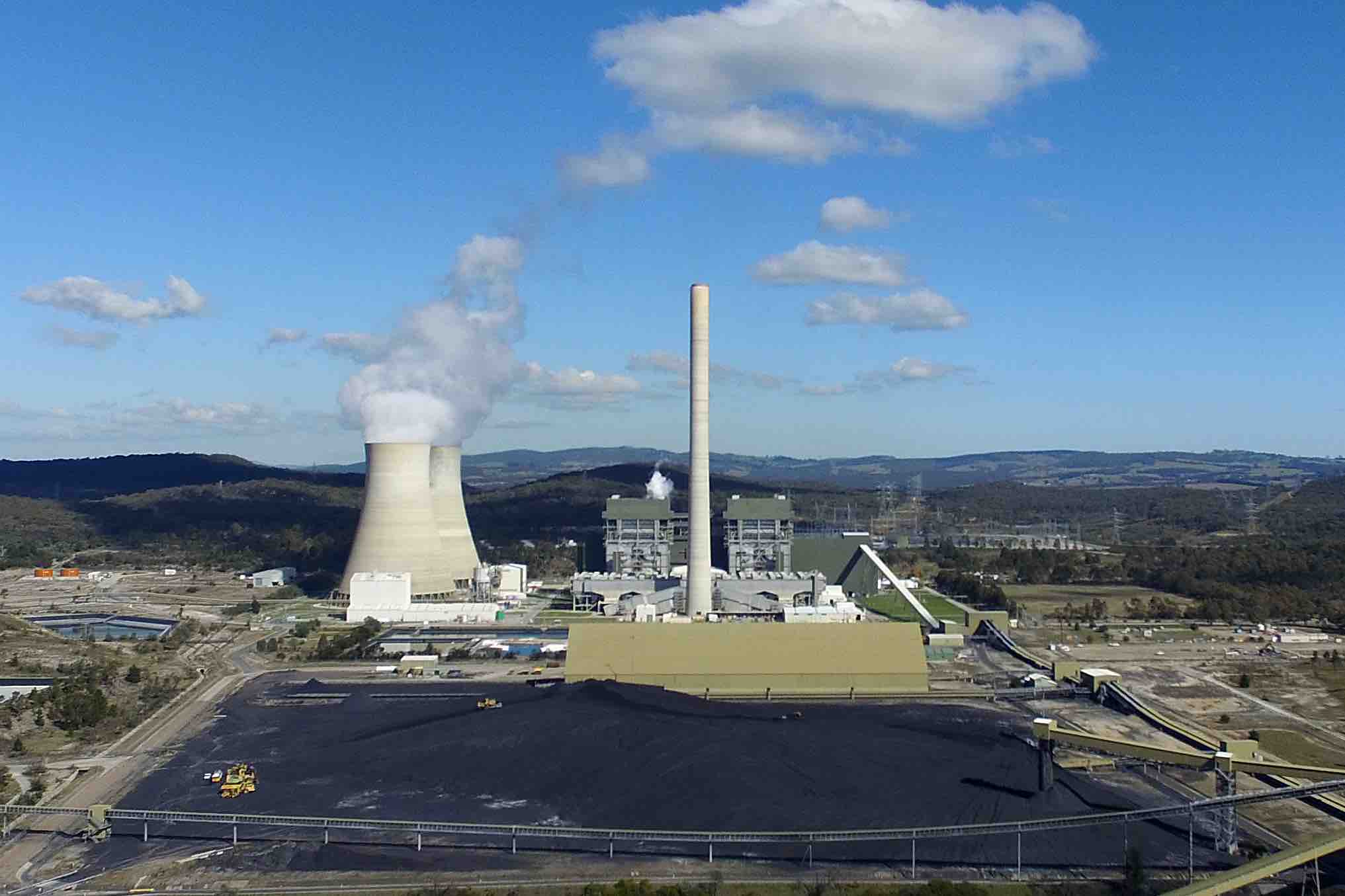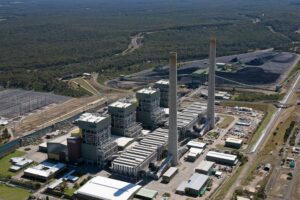The New South Wales government says it would welcome proposals for new coal fired generators in the state, putting itself at odds with its own commitment to reach zero emissions by 2050.
Energy minister Matt Kean, speaking at the announcement by EnergyAustralia of a $80 million spending commitment to increase the output of its Mt Piper coal generator near Lithgow, said on Monday that he would welcome the prospect of a new high-efficiency, low-emissions (HELE) coal-fired power station.
“I’d welcome proposals from the market to deliver a HELE plant or deliver any other forms of generation in this state,” Kean said – apparently forgetting his government’s commitment to reach zero emissions by 2050.
A new coal plant would likely take at least seven years to complete, and would want to operate for at least 40 years, taking the operating life of any new coal-fired power station well beyond the mid-2060s.
EnergyAustralia says the upgrade to Mt Piper will add around 60MW of capacity to the 1,400MW power station that supplies around 15% of NSW’s electricity, without the need to burn more coal. EnergyAustralia wants the plant to run for another 25 years, meaning it would be the last of the current crop of generators in NSW to close.
“Last year the community celebrated 25 years of Mt Piper providing reliable power to homes and businesses across New South Wales,” EnergyAustralia managing director Catherine Tanna said.
“Now we’re investing $80 million to help make sure the plant is around for another quarter century, and it’s as efficient as it can possibly be.”
Recent analysis from Green Energy Markets shows NSW is already lagging behind its own targets for emissions reductions. While NSW does not have a dedicated target for renewable energy adoption, it has set a goal of achieving zero net emissions by 2050.
To achieve this target would effectively mean a complete phasing out the use of fossil fuels in the NSW electricity sector prior to 2050.
The announcement on Mt Piper follows the launch of a legal challenge by the Nature Conservation Council of NSW against the pollution licence awarded to the Mt Piper power station by the NSW EPA.
The legal challenge will also question the licences granted to the Vales Point and Eraring power stations, with the Nature Conservation Council amounting a challenge on the basis the EPA has failed to consider the measures to limit pollution from the power stations in granting the approvals.
“When renewing pollution licences, the EPA is legally required to consider measures available to prevent or control pollution, protect the environment and honour the principles of ecologically sustainable development.”
“The EPA appears to have failed to meet this requirement because it did not strengthen emissions standards or require the use of harm-reduction technologies used in other countries.”
“The NSW Government is letting these facilities emit toxins at levels that would not be allowed in the United States. People in NSW deserve better.”
Tanna said EnergyAustralia is looking forward to competing to replace the Liddell power generator, which AGL is looking to close in 2022.
“We think the answer lies in a mix of renewables, gas, coal and transmission upgrades. A modern energy system, with a diversity of supply, will strengthen energy security while providing clean and affordable power to New South Wales,” she said.
The Mt Piper power station has experienced difficulties maintaining a reliable supply of coal to the site, resorting to trucking coal to the power station from the Clarence Colliery near Lithgow after supplies from local mines had been interrupted.
EnergyAustralia was also recently forced to quell speculation that the Yallourn brown-coal power station in Victoria was to be scheduled for early closure while leaving the door open for plans to change if the market and operating conditions change dramatically.










